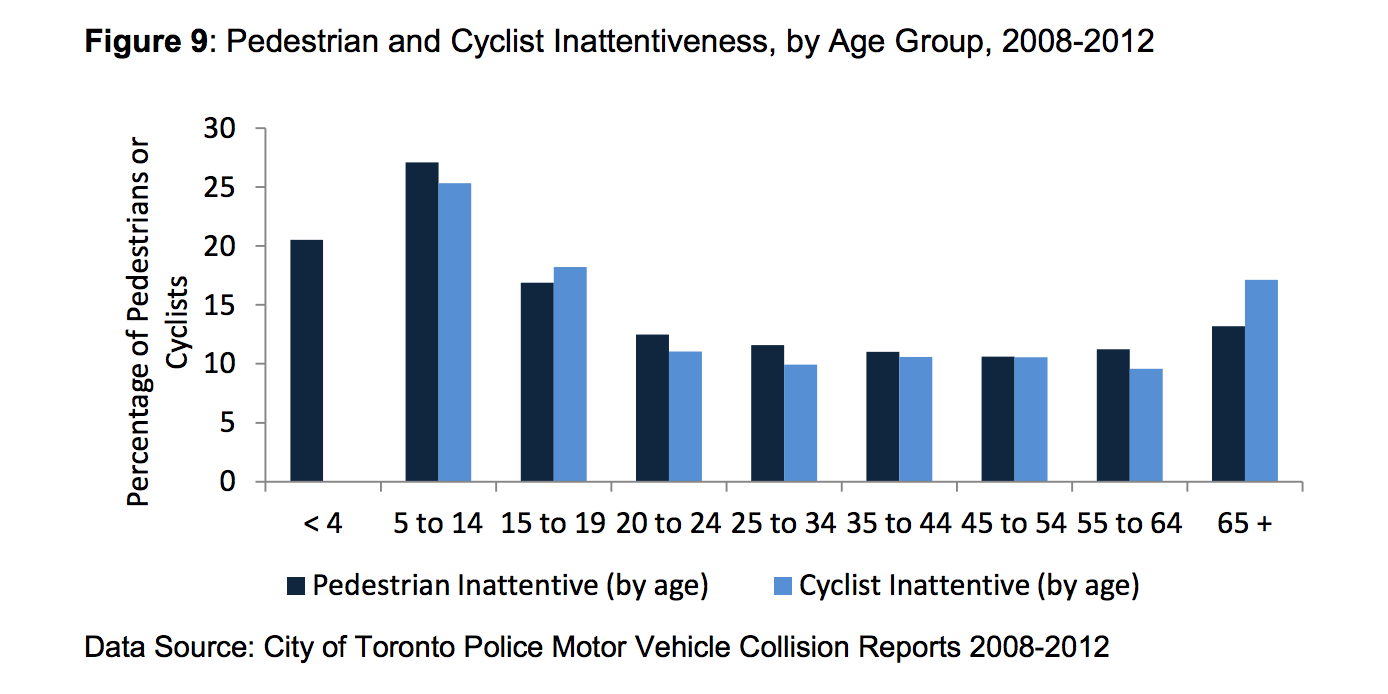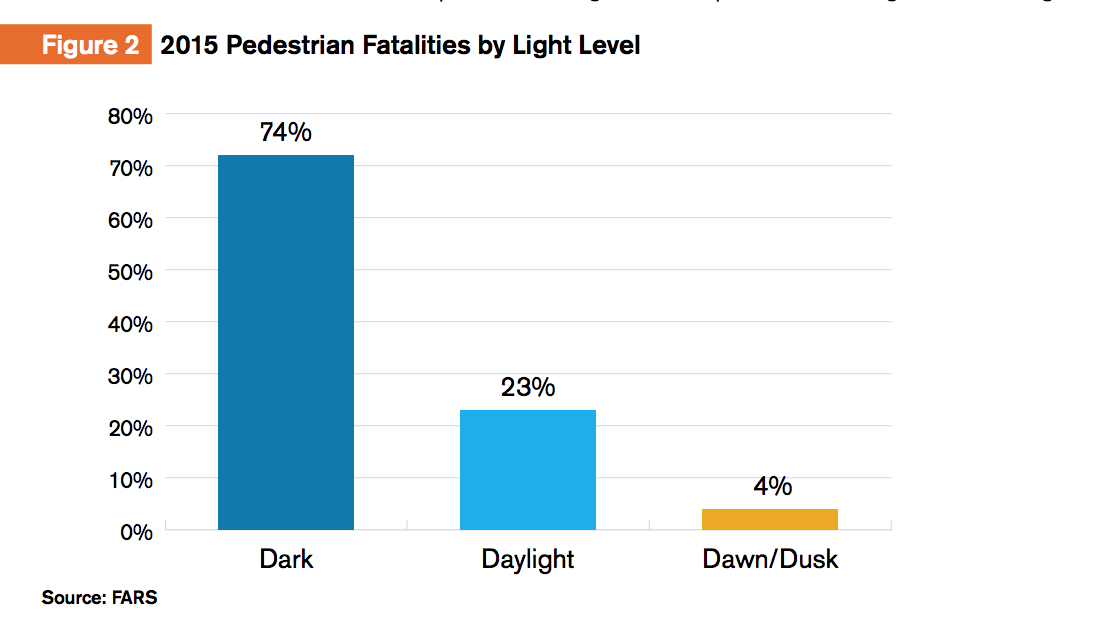Ontario’s Proposed ‘Zombie Law’ to Ban Texting and Walking Is a Terrible Idea
Credit to Author: Kate Lunau| Date: Tue, 31 Oct 2017 16:38:54 +0000
Anybody who’s walked the streets of a busy city will know about “smartphone zombies”—people who stroll around with their faces in a screen, oblivious to the world around them. In fact, most of us have probably been this person at some point, sending a text or checking Google Maps while on the move and maybe crashing into someone waiting at the bus stop. (I have walked into at least one telephone pole.) It’s annoying, and it can be dangerous.
A handful of places are turning to so-called “zombie laws” that ban walking and texting. Canada’s most populous province is the latest: On Monday, Ontario politician Yvan Baker introduced a private member’s bill that, if passed, will see offenders who cross the street while using a phone or other electronic device slapped with a $50 fine for their first offence, and up to $125 for the third.
Honolulu has a similar law, which took effect on October 25, as does tiny Rexburg, Idaho. Seoul, South Korea, has installed street signs warning pedestrians to get off their phones.
Toronto is a terrible city for road accidents, especially at this time of year, when it’s dark out before dinnertime and the streets are getting icy. It’s easy to understand the appeal of a ban, especially if you’ve ever been stuck behind someone on their phone moving at a glacier’s pace down a busy street. (All ten provinces here have laws against distracted driving, which are also common in the US.) But laws against texting and walking aren’t the answer—it’s just more moral panic around technology. How about better pedestrian infrastructure instead?

Hysteria around smartphone zombies goes back to at least 2013, when a US-wide study from Ohio State University estimated that over 1,500 pedestrians were treated in hospital ERs in 2010 for injuries resulting from using a phone and walking. Among them, a 14-year-old boy fell off a bridge while walking and talking on a phone; and a 23-year-old man was hit by a car while walking on the middle line of a road on the phone. (Both Ontario and Honolulu would allow phones to be used for emergency services under their bans.)
Smartphone use has changed a lot since that paper was published almost five years ago. (For one thing, plenty more people own them.) Toronto, where Ontario’s ban would have the biggest effect, has its own statistics. A 2015 report from Toronto Public Health found that 13 percent of pedestrians were “inattentive” at the time of a collision. “That means, in almost 90 percent of cases, pedestrians were paying attention to their surroundings and got hit anyway,” Matt Elliott noted in the city’s Metro newspaper, writing about the bill. “By the numbers, dangerous driving is a far bigger problem than pedestrians not paying attention.”
Read More: Science Explains Why You Suck At Texting and Walking
In its latest report on pedestrian fatalities by state, the US Governors Highway Safety Association notes that the number of pedestrian deaths went up 25 percent from 2010 to 2015—total traffic deaths increased by six percent over the same period, maybe partly because car design has changed to make vehicles safer, the report explains—and pedestrians now account for the largest proportion of traffic fatalities recorded in the past 25 years. It notes that the use of smartphones and wireless data while walking “may be […] a contributing factor.”

But that’s still not enough evidence for a zombie law.
The GHSA report reveals some of the many factors that can contribute to an accident, including time of day. The report notes that about half of the pedestrian fatalities in 2015 occurred between 6 PM and midnight, with 74 percent altogether occurring after dark. That suggests that better street signs, and better lighting, could go a long way to making pedestrians safer.
Distracted walking is a real thing, and it’s true that most of us should put down our screens while we’re on the move. But instead of sending cops out to target people who have their phones out, why not invest in bike lanes, public transit, street signs, and other infrastructure? Of course, that costs money, and isn’t as much fun as blaming all these “zombies” on their phones.
Get six of our favorite Motherboard stories every day by signing up for our newsletter.
https://motherboard.vice.com/en_us/rss